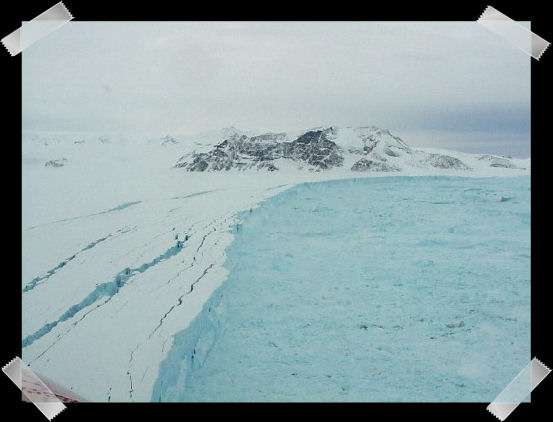Why is the International Polar Year Important?
Think of all that you have been hearing about climate change in the news, at school, etc. In the Polar regions many changes are occurring because of global warming. Glaciers, ice sheets, sea ice and permafrost are all decreasing in size, and so is the timing and duration of snow cover.
If the ice sheets shrink in size there will be an increase in global sea level, which could lead to the flooding of coastal cities and low-lying areas in many parts of the world!!! |

|
|
A decrease in snowfall and the size of glaciers will affect millions of people living close to the Poles who depend on these for water, both for personal use as well as for agriculture.
Changes in the size of sea ice can alter ocean circulation and, therefore, sea temperature. Such changes in sea temperature could have an impact on marine ecosystems and on the climate of different parts of the world. Pic of sea ice
Defrosting of permafrost will a ffect around 25% of land in the northern hemisphere. Apart from the fact that local ecology and hydrology will degrade, if this frozen soil defrosts a lot of methane will be released into the air. Methane is a greenhouse gas and one of the causes of climate change; the more methane is released into the atmosphere, the more global warming there will be!! Pic of permafrost
This is why it is so important for researchers to understand what is happening in the Poles. It is for our survival. Initially the over 4 million people living close to the Poles will experience changes in their natural environment, resources and food systems. But in time people all around the world will be affected by the changes in climate and the rise in sea level. Pic of people living close to the Poles
If you want to learn more about IPY and its projects, visit the website ( www.ipy.org ). You may read about what researchers are doing and see images transmitted directly from the Poles!!!
Wondering if anything is happening in Malta that is connected to the Interantional Polar Year??? …… click here
(IPY is being organized thanks to the International Council of Science (ICSU) and the World Meteorological Organisation ( WMO) |